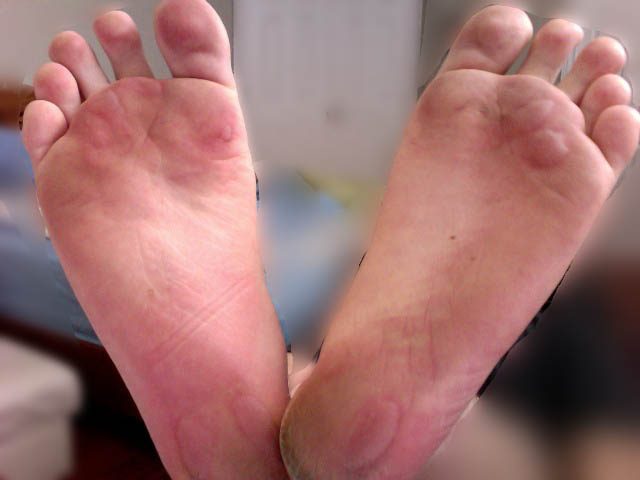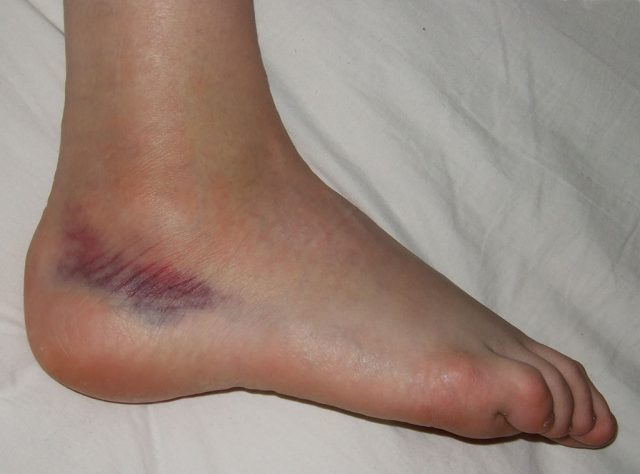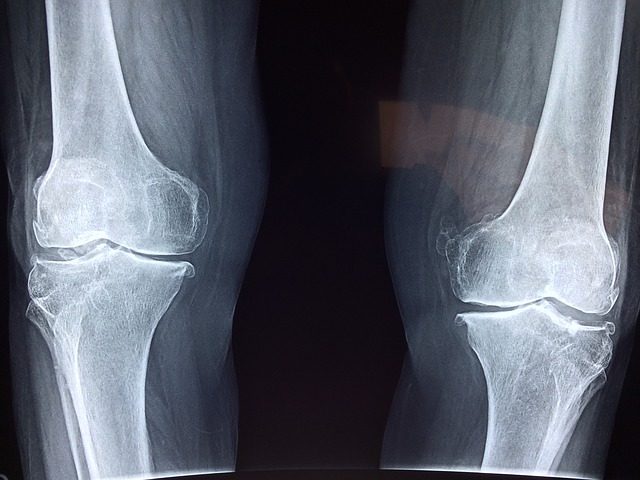Avoiding injuries out on the hiking trails
Even though hiking is essentially just walking, there is a surplus of injuries that can result from the activity. It is important to ease your body into hiking and not over work it. Additionally, there are some easy steps to take to avoid getting common hiking injuries. Check out our tips to avoid getting a hiking injury.
Blisters

Blisters are a very common hiking injury. An easy way to avoid them all together is to make sure that you break in your hiking shoes/boots. Don’t buy a new pair of boots and set out on a 15-mile hike!
When I buy new shoes, I wear them around town to break them in and then move on to short local trails. I may look like a goon in hiking boots at the grocery store, but I don’t have painful blisters!
Twisted Ankles

Most trails have uneven ground, rocks, or slippery surfaces at some point. If you are too busy admiring the view, it is easy to lose your footing and twist an ankle. A great way to avoid ankle injuries is to wear the proper boots.
I have weak ankles that are prone to injury which is why I only wear boots with ankle support. Likewise, using trekking poles is a great way to help keep your footing while walking on unstable trails.
Chafing
Chafing is a huge issue for a lot of hikers but rarely addressed because it is considered “gross.” Chafing between your legs and on your underarms can ruin a hike very quickly. I prefer to only hike in pants to avoid chaffing injuries altogether.
However, if you are in a hot climate, this may not be an option. Using lubricants such as Aquaphor or Vaseline may be messy, but work wonders for avoiding chafing. Likewise, choosing smooth fabrics will help you avoid having to deal with raw skin at the end of the day.
Knee Injuries

I never had bad knees until I took up backpacking. Adding 40 extra pounds to your back and walking 5,000 feet uphill and then back down really takes a toll on your joints.
To avoid having to deal with knee pain, invest in trekking poles to use when hiking downhill. They will alleviate some of the weight that is being put on your legs and give it to your arms.
Additionally, you will get a nice arm workout by using poles! If your hiking gear budget doesn’t unload poles, find a nice hiking stick before you start out on your hike. When you are done, leave it at the trailhead for the next weak-kneed hiker that comes through.
Fatigue
The most important thing to look out for when hiking is fatigue. Make sure you are fueling your body with enough food and water for your trip.
Hiking 10 miles with no water and an apple may not be the best idea. However, everyone is different in this aspect. A good rule of thumb is to always eat before you get hungry and drink before you get thirsty.
Once you start hiking more often, you will learn what your body needs to keep going.
If you have any comments then please drop us a message on our Outdoor Revival Facebook page
If you have a good story to tell or blog let us know about it on our FB page, we’re also happy for article or review submissions, we’d love to hear from you.
We live in a beautiful world, get out there and enjoy it.
Outdoor Revival – Reconnecting us all with the Outdoors





